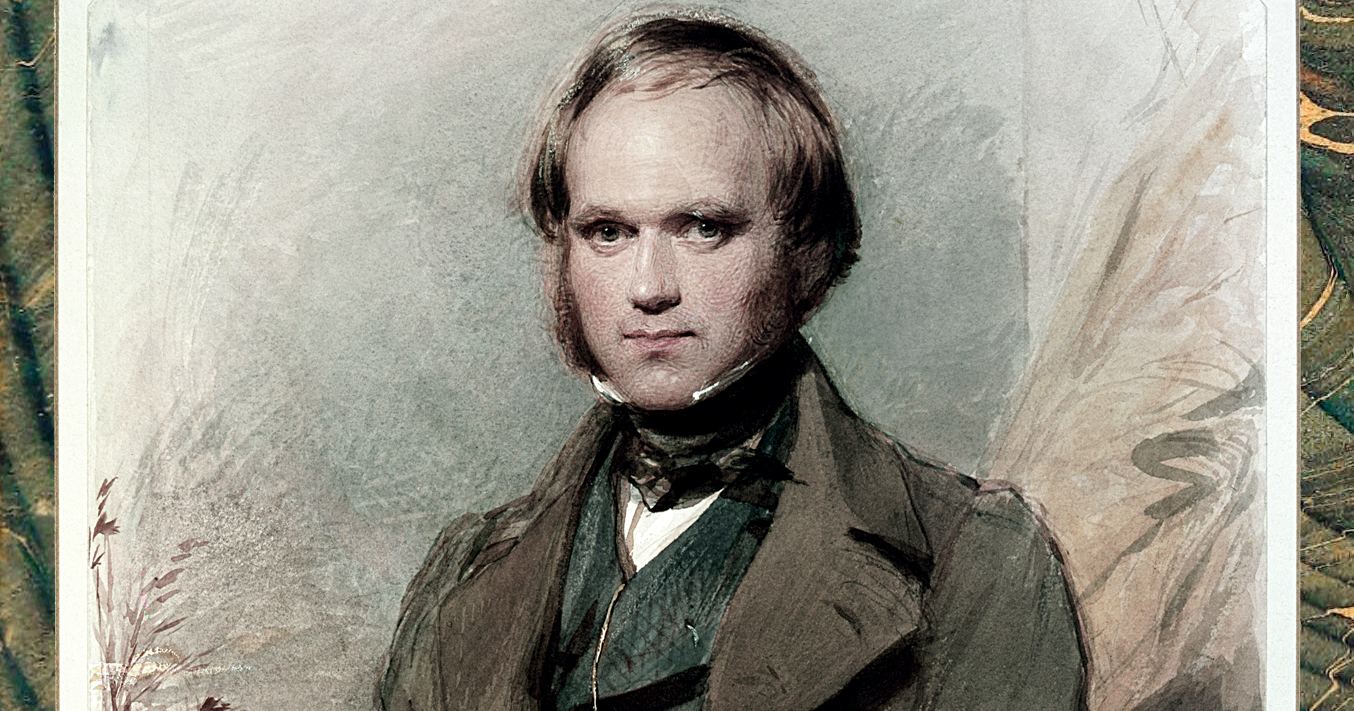
Here we are, matter yearning for meaning, each of us a fragile constellation of chemistry and chance hurtling through a cold cosmos that has no accord for our wishes, takes no interest in our dreams. “I can’t but believe that all that majesty and all that beauty, those fated and unfailing appearances and exits, are something more than mathematics and horrible temperatures,” Willa Cather wrote to the love of her life while watching the transcendent spectacle of Jupiter and Venus rising in the summer sky. “If they are not, then we are the only wonderful things — because we can wonder.”
That we can wonder is what saves us. The price evolution had us pay for our exquisite consciousness is an awareness of our mortality — an awareness unbearable without the capacity for wonder at the miracle of existing at all, improbable as we each are against the staggering odds of never having been born, alive on an improbable world unlike any other known. Wonder is the religion nature invented long before we told our first myths of prophets and messiahs, the great benediction of our fate as borrowed stardust on short-term loan from an entropic universe.
A century before the pioneering neuroscientist Charles Scott Sherrington formulated his notion of “Natural Religion,” placing at its center our capacity for and responsibility to wonder, before Rachel Carson insisted that wonder is our greatest antidote to self-destruction and that “natural beauty has a necessary place in the spiritual development of any individual or any society,” the young Charles Darwin (February 12, 1809–April 19, 1882) discovered that experiences of wonder — which he defined as “a chaos of delight” — are profoundly spiritual and come most readily in raw nature.

In early 1835, with the Beagle docked in Chile for repairs four years into its voyage, the twenty-six-year-old Darwin hired muleteers and set out to cross the Andes on foot and hoof, relishing the exposed face of Earth’s geologic history in the dramatic landscape. By mid-March, he reached the Piuquenes pass connecting Argentina and Chile and began the trying ascent. Breathing became “deep and laborious.” He felt the tightness in his chest. The mules panted and stopped every fifty feet. But when he stumbled upon some fossil shells on the ridge, he “entirely forgot” the altitude sickness in his delight.
And then, approaching the summit against wind “impetuous and extremely cold,” he encountered something belonging to the enchanting canon of the unphotographable.
Standing there amid the austere beauty of the mountain and the elements in their extreme, with petrified pieces of deep time in his pocket, Darwin touched God.

In an account later included in his memoir A Naturalist’s Voyage Round the World (public library | free ebook), he writes:
When near the summit, the wind, as generally happens, was impetuous and extremely cold. On each side of the ridge we had to pass over broad bands of perpetual snow, which were now soon to be covered by a fresh layer. When we reached the crest and looked backwards, a glorious view was presented. The atmosphere resplendently clear; the sky an intense blue; the profound valleys; the wild broken forms: the heaps of ruins, piled up during the lapse of ages; the bright-coloured rocks, contrasted with the quiet mountains of snow, all these together produced a scene no one could have imagined. Neither plant nor bird, excepting a few condors wheeling around the higher pinnacles, distracted my attention from the inanimate mass. I felt glad that I was alone: it was like watching a thunderstorm, or hearing in full orchestra a chorus of the Messiah.
Complement with Coleridge’s transcendent experience of a thunderstorm and René Daumal on the mountain and the meaning of life, then revisit Darwin’s deathbed reflection on what makes life worth living and the bittersweet story of his beloved daughter.
Discover more from reviewer4you.com
Subscribe to get the latest posts to your email.






